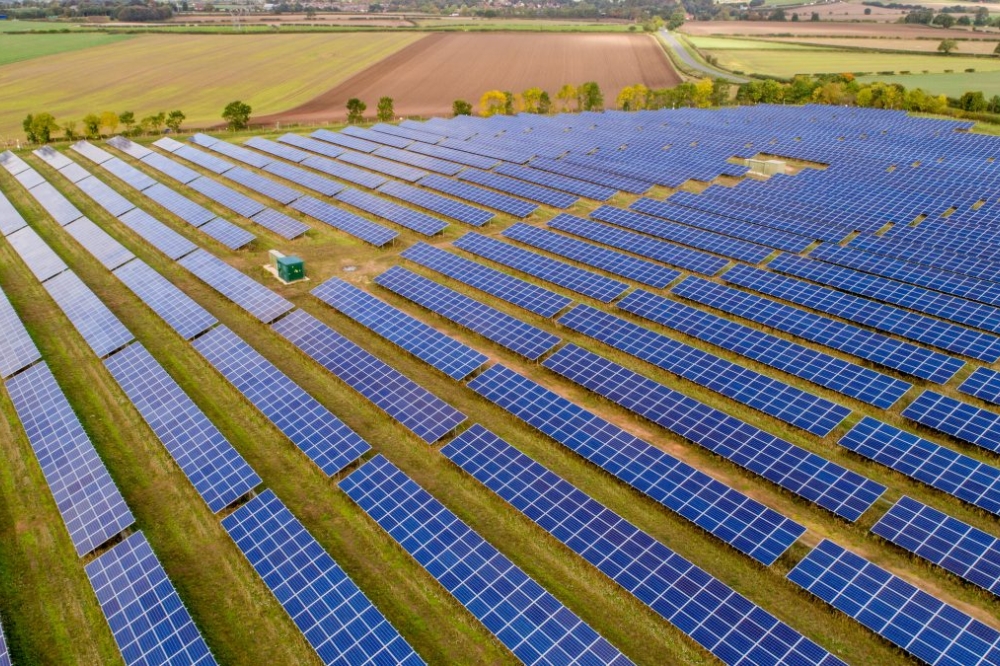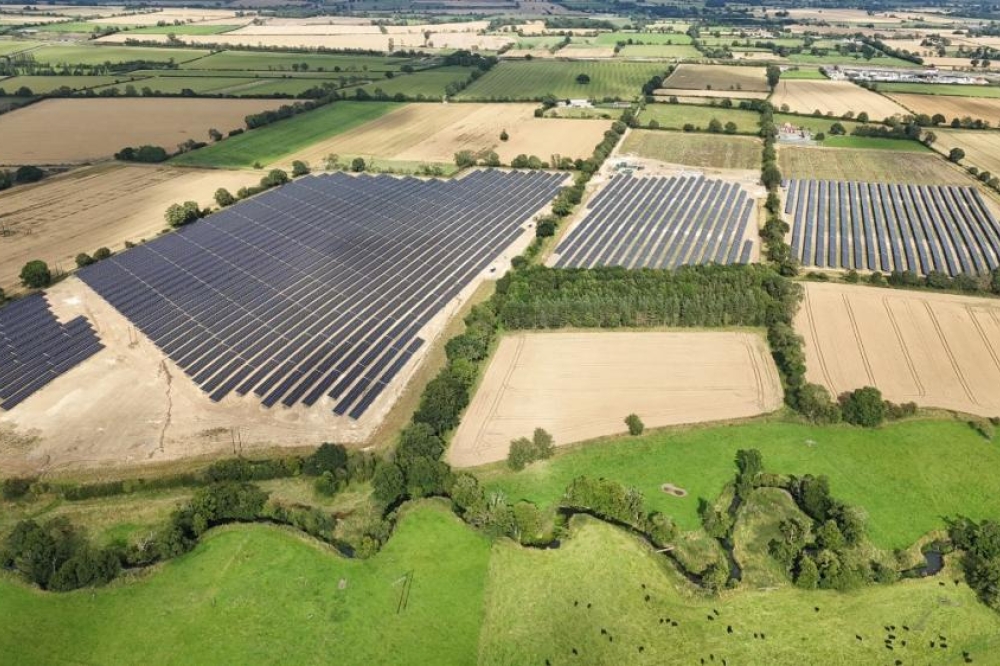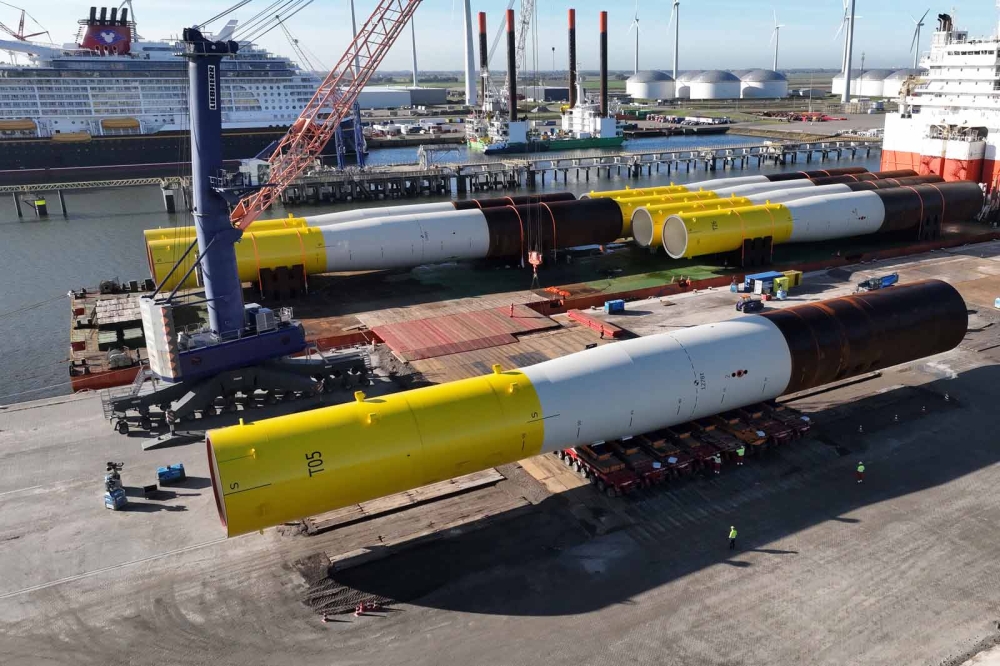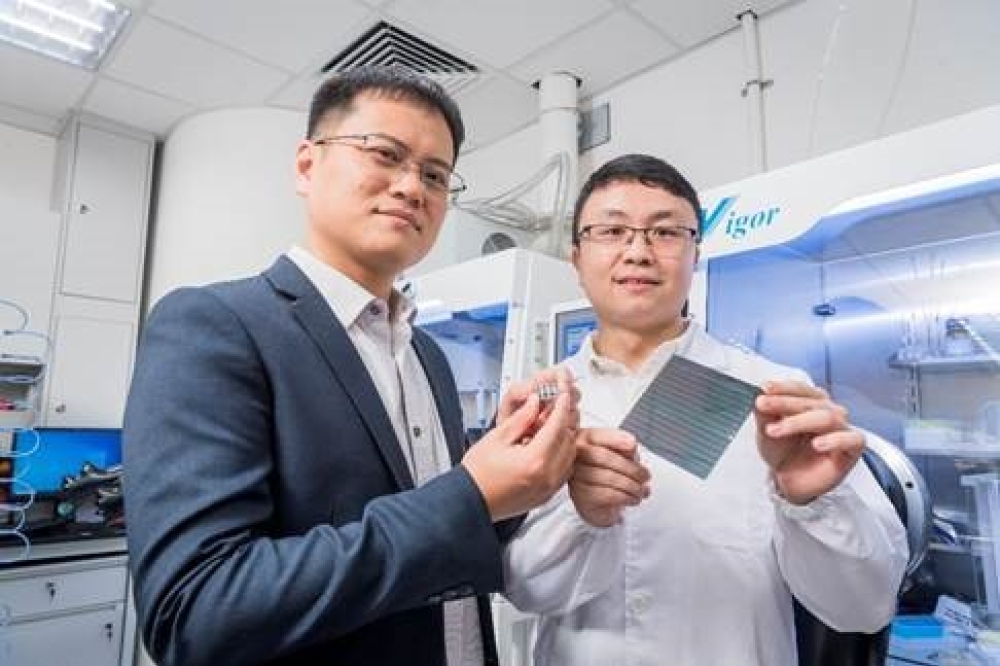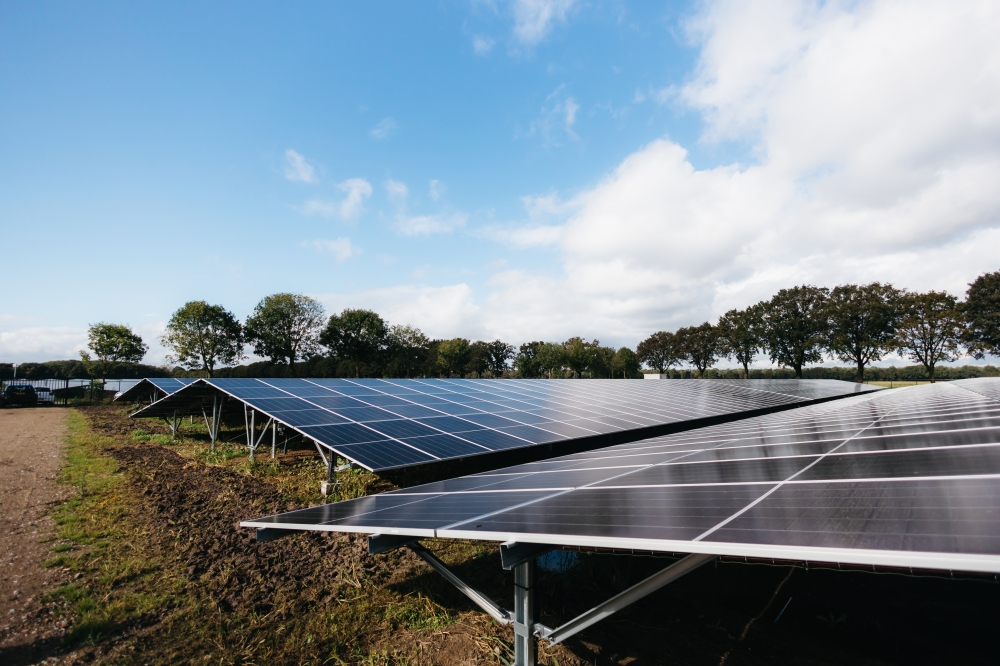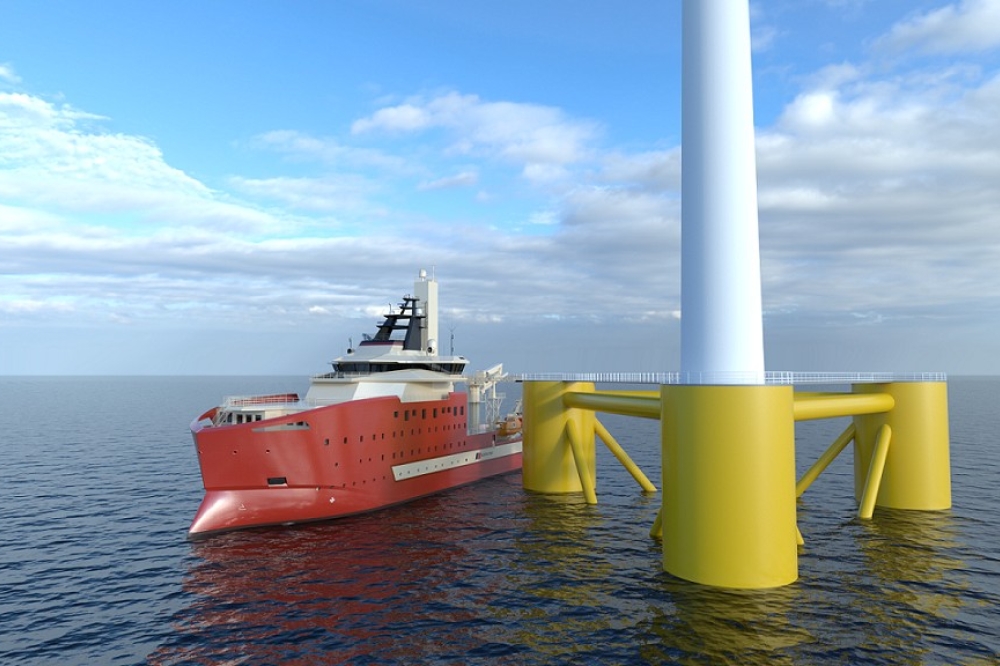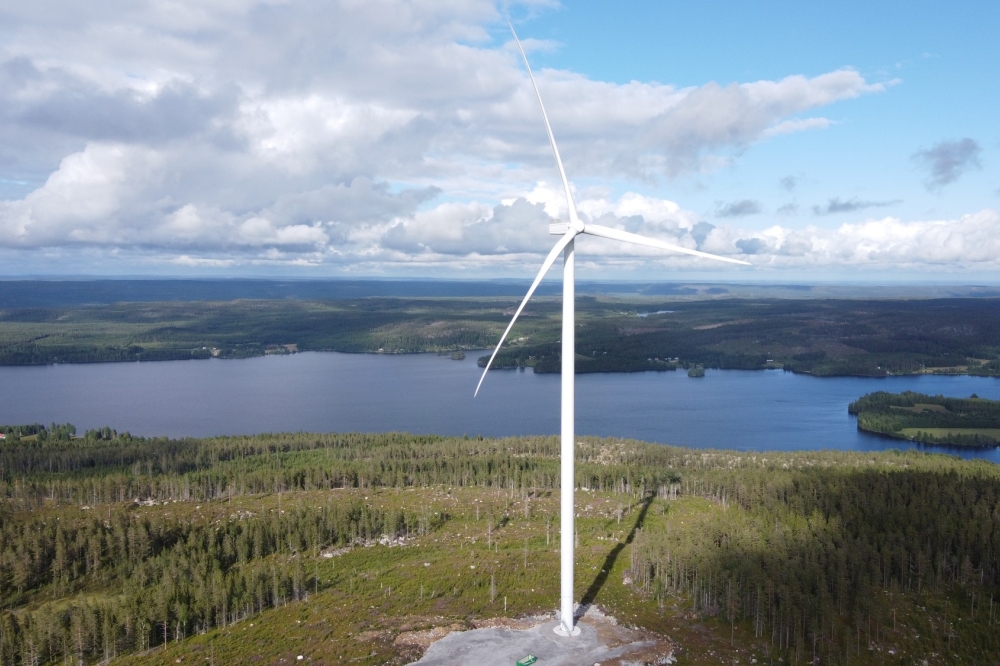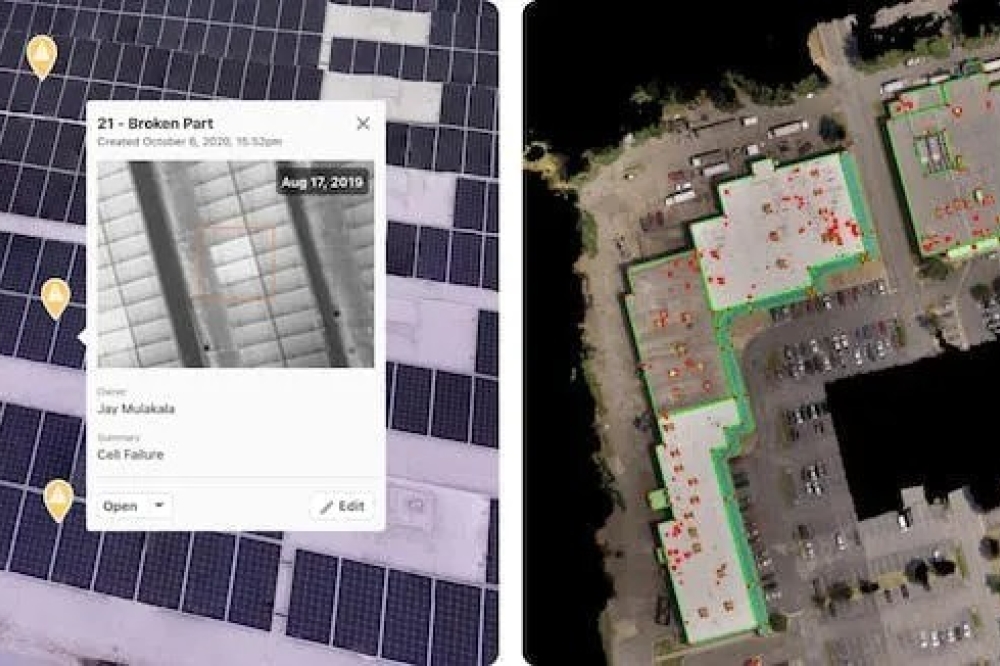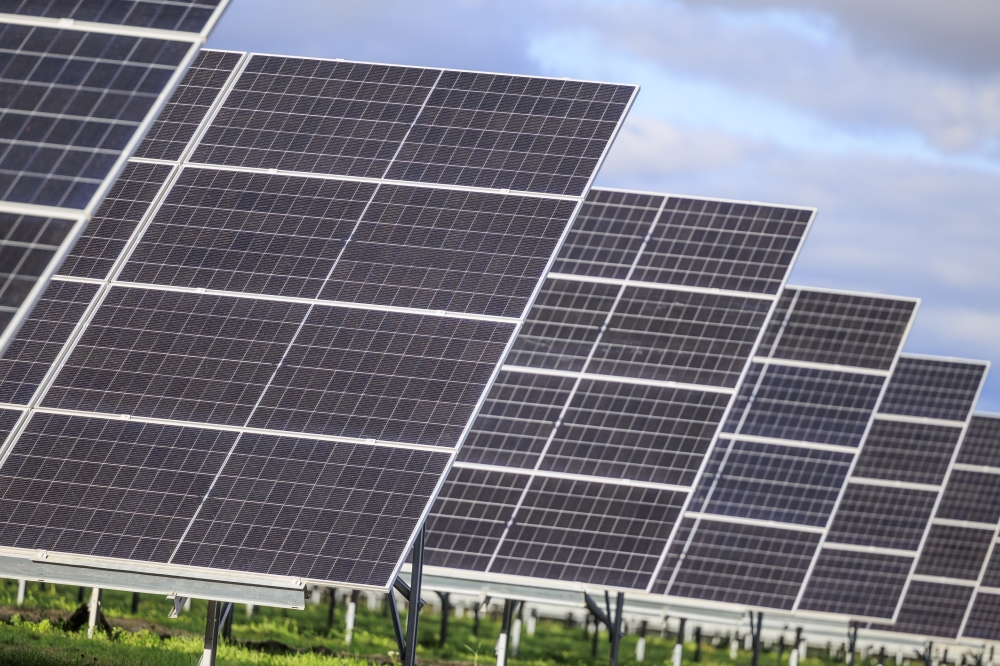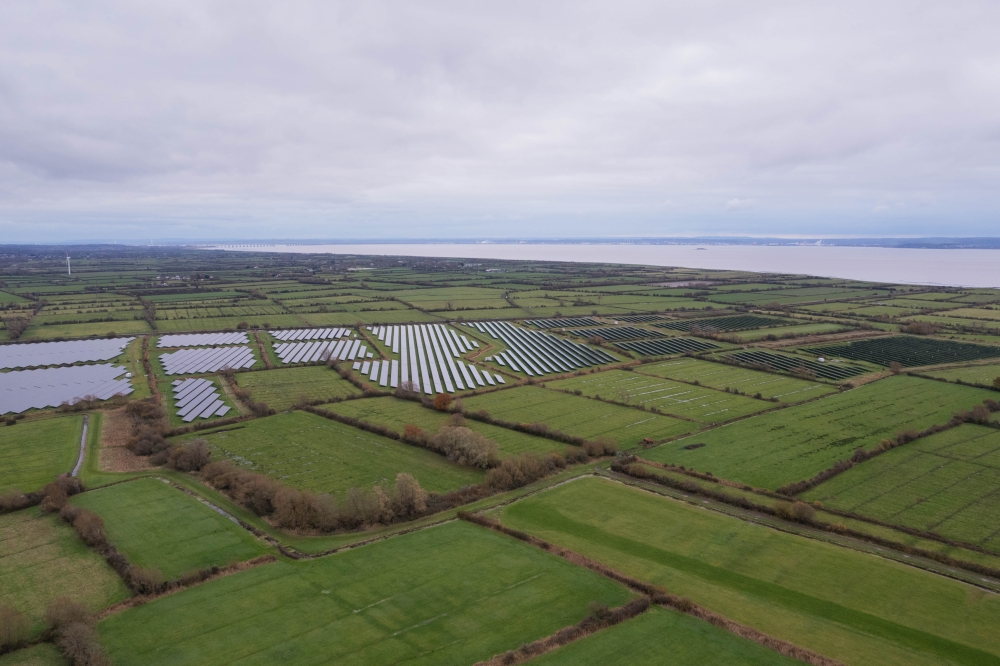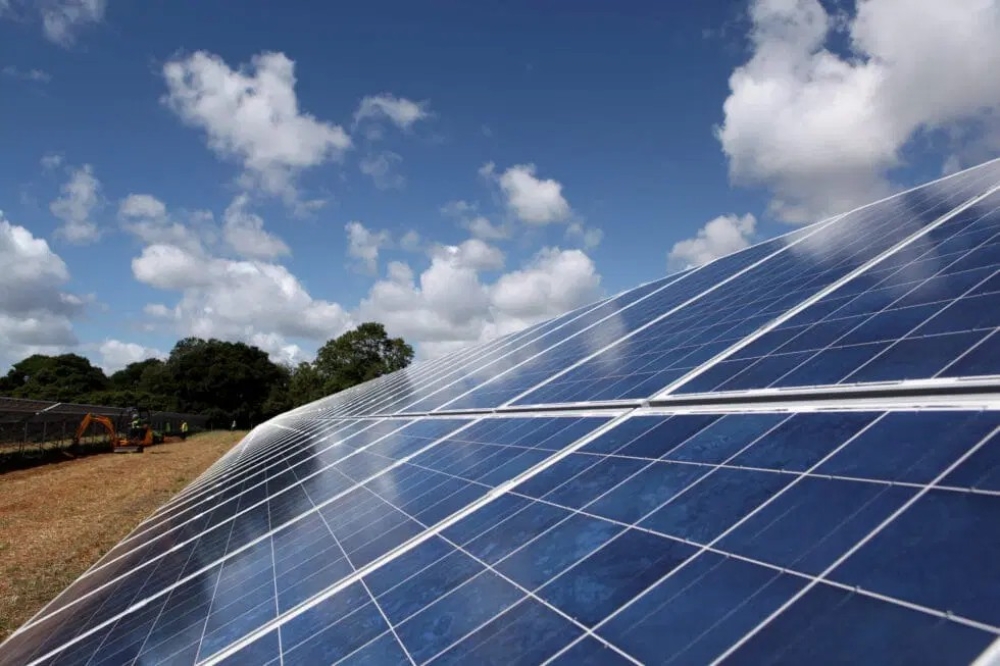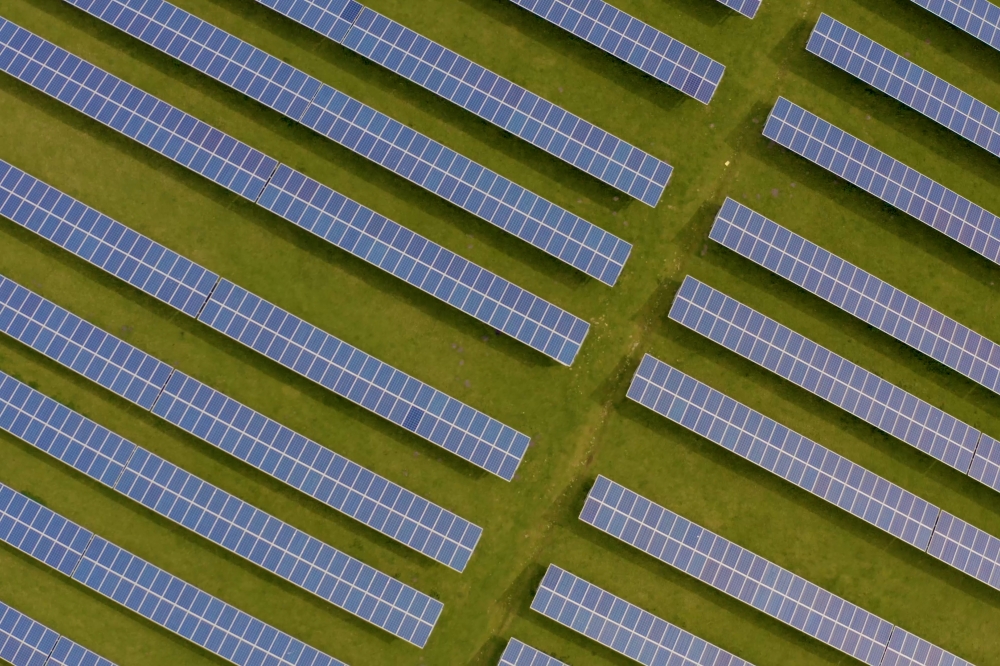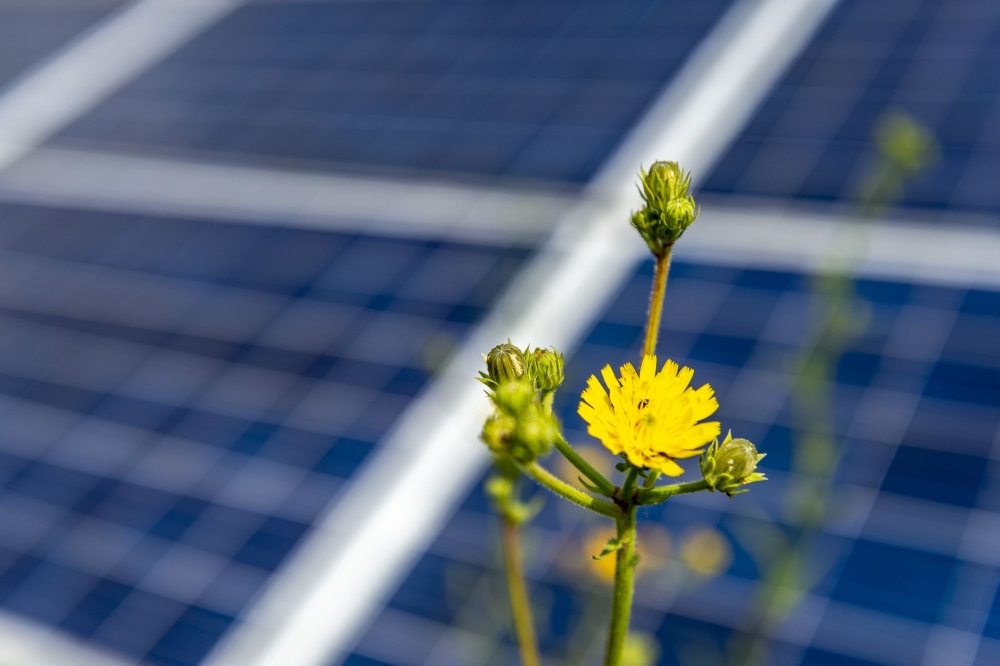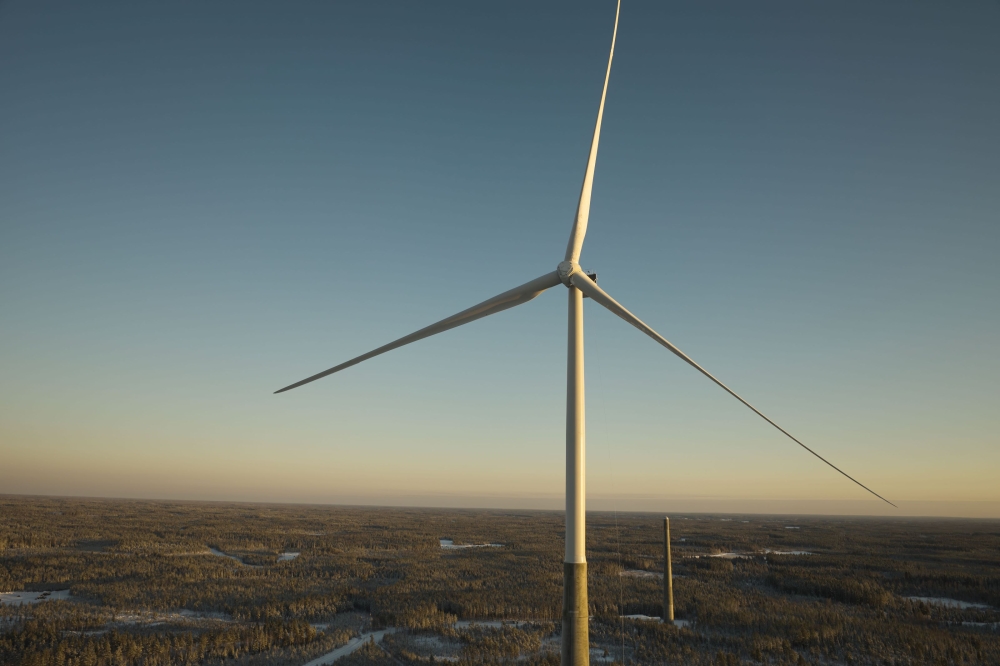The time to invest in emission control and renewable energy is now

In 2015 something unusual happened. Science and politics stopped quibbling and rallied around the single most important issue facing homo sapiens in this millennium: Climate Change. At that point in time almost 200 countries agreed to unite in cutting global greenhouse gas emissions by 2020 under the Paris Climate Agreement. However, figures released by the International Energy Agency show that in 2017 carbon emissions reached a historic high, increasing by 1.4 per cent to 32.5 giga-tonnes.
So what happened? To begin with the political climate has changed considerably since the agreement was signed. For a short time it seemed that the world's leaders were united in the movement towards lower greenhouse emissions. Industry had found its climate legs with most listed corporations responding to shareholder pressure and adopting their HSSE programs to include a yearly audit of their carbon footprint and goals for reduction. However, in the face of all this progress on paper, little material impact has been recorded and many world leaders seem reluctant to stand firmly behind a green future and push. Perhaps we are also wrestling with something very basic, in the form of a social contract many people have with their government on Energy. In addition to the fundamentals enshrined in charters and covenants on safety, security, freedom from persecution and discrimination, access to food, water and shelter, there seems to be an unwritten guarantee of access to bountiful cheap sources of energy?
Both French and German governments have publicly acknowledged that their countries will miss their near-term emission reduction targets as greenhouse gas levels have continued to rise.
But we're still making progress. The intent to cut greenhouse emissions is still evident in the majority of countries that signed up to COP21 and while some struggle to meet initial targets, there enough steps being taken that in most countries the tide has turned on emissions.
This is evident in legislation being put in place to curb CO2 emissions on land and Sulphur emissions at sea and is bolstered by the stimulation and development of cleaner energy creation. If we take solar power for example, the initial wave of enthusiasm and subsidy programs fueled the scale up of production of conventional PV modules. The drive to meet the market pull in turn found traction in the east where investment in capacity surged, economies of scale kicked in, and costs reduced. The result was a window of opportunity where it became feasible to carpet fields or heavy structures with first generation conventional solar PV panels. Now it's time to look at version 2.0, lightweight, semi-flexible solar options which make solar energy affordable for applications which were previously unthinkable.
A world view
Both the UK and French governments have committed to ban the production and sale of new petrol vehicles by 2040 in a bid to reduce carbon emissions but thinktank The Green Alliance claims banning new combustion engine vehicles by 2030 would close the climate target gap while significantly reducing oil imports. In 2016 transportation overtook energy production in 2016 as the UK's biggest cause of carbon emissions, so this is a good place to go hunting for results. A 2030 deadline would close the gap by 85 percent, the thinktank claims. Can technology help close that gap? The most immediate answer most probably lies in two well known areas of development; battery technology and dynamic generation. At the moment Li ion leads the pack in density and charging times for mobile applications such as consumer electronics and now automobiles. For the residential or SME applications there may be environmentally greener alternatives. With regarding dynamic charging ( while underway) we are limited to fly-wheel systems or lightweight solar modules integrated into the carroserie. As thin lightweight PV becomes more efficient and robust it will be applied.
Some of the rise in global emissions recorded by the International Energy Agency has been linked to accelerated deforestation in Brazil and the dependence on coal to meet demand for electricity in developing countries in Asia and Africa, and even some of the EU's newer members.
In late 2017 Theresa May announced the UK will provide a £140 million fund to assist poorer countries disproportionately affected by climate change. In early 2018, three years after the initial summit in Paris, environment ministers from China, South Africa, Brazil and India released a statement urging wealthy countries to take stronger action in leading the global effort to curb climate change.
Despite being the world's largest consumer of coal and carbon dioxide producer, China is now leading the world in clean energy technology investment, and driving down the cost of clean technology. Policy targets, subsidies and manufacturing incentives have led to China spending more on producing cleaner energy than the EU and US combined. According to Bloomberg New Energy Finance (BNEF) consultancy, China spent $132 billion on this last year alone.
As the cost of clean energy continues to drop and new formats make it more feasible to use, the world's wealthiest governments should recognise the opportunity to support their environmental policies with real investment. Until wealthy nations begin to make greater strides towards achieving their emissions targets, today's biggest polluting countries "“ those with the least to invest "“ will be unable to meet their aspirations and make good their signature in Paris, back in 2015.
A question mark over the West
We are confronted with two very different governments and sentiments in North America. The Trudeau leadership has made funds available to encourage emission capture development to address the conundrum they face with gas and tar-sand reserves. The country profits from tremendous hydroelectric capacity and can develop this further in the form of micro-grids pulling from the extensive rivers that innervate much of the country.
The Trump government decision to pull the US out of the Paris Agreement may seem like old news but the repercussions are still echoing through the parliaments of the world. But does it really spell the end for America's efforts to participate, even if it doesn't want a seat at the table? One Yale study published in 2017 revealed seven in ten registered US voters (70 percent) support setting strict carbon dioxide emission limits on existing coal-fired power plants to reduce global warming and improve public health, even if it meant an increase in electricity costs for businesses and consumers.
And it's not just the public that strongly supports action against climate change. Major US corporations are stimulating growth in the solar and wind industries with Alphabet (Google's parent company), Apple and Wal-Mart among the country's biggest investors in renewable energy. Not only has Apple ensured all its facilities, including data centres, offices and retail units in 43 countries are now powered by renewable energy, the consumer tech giant has persuaded 23 suppliers to commit to relying entirely on renewable energy sources.
In 2017 Alphabet invested in enough renewable energy to cover all of its electricity consumption worldwide. In addition to China's substantial investment, investments by these major corporations are further driving down the price of renewable energy sources.
In conclusion, as a planet we are making progress on learning to live with in our carbon-means. Renewable energy sources are developing quickl and becoming more cost effective as we debottleneck and apply our ingenuity to deploying them effectively.
Opinions differ, in some circles widely, on the precision of our climate models, but the majority of informed adults understand and accept the accuracy; we must do our utmost to reduce and ultimately remove our contributions to global warming. No one truly understands how this is going to play out, but we are awake and cognisant of our roles and finally on many fronts cooperating across our geopolitical borders. As we move to soften many of those borders I would be concerned that the final lines may be drawn by a stronger hand than anything we could invent. Ultimately our climate will have its say. The time to invest in emission control and renewable energy is now.




